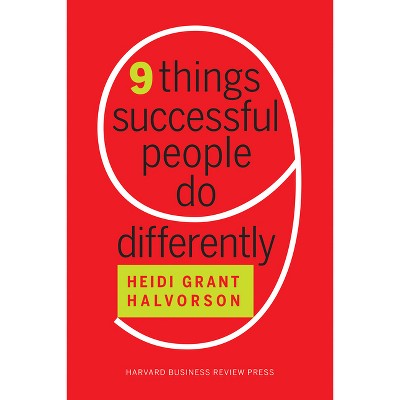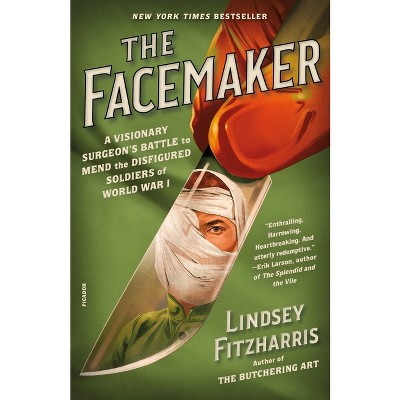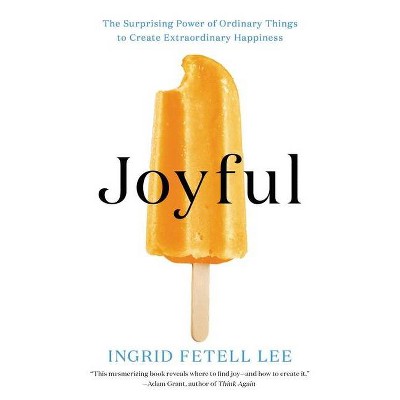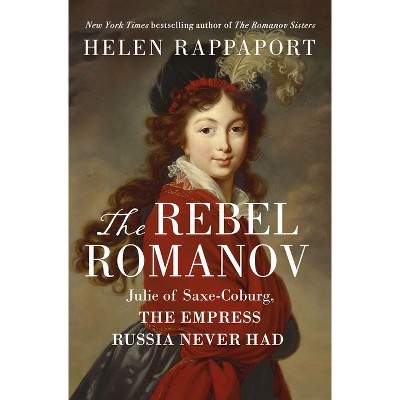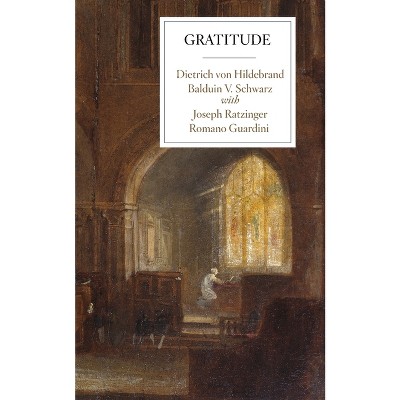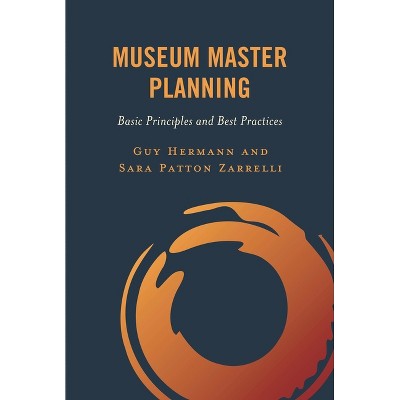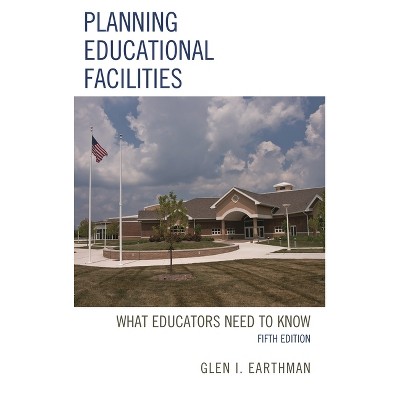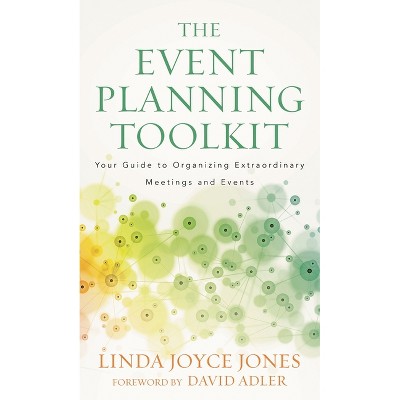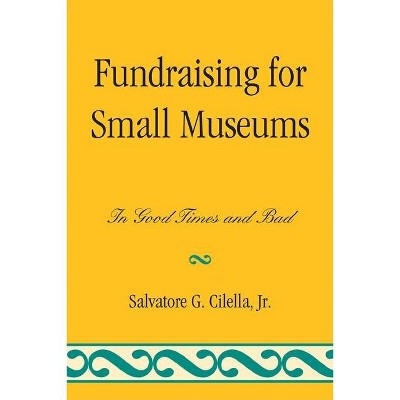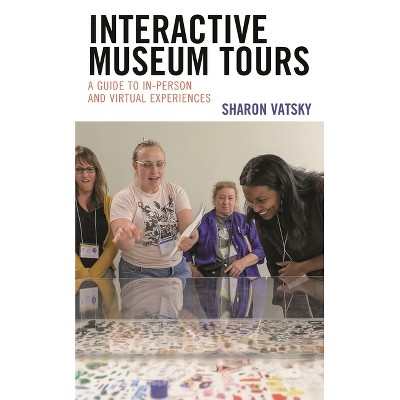Sponsored

Interpretative Master Planning - by Elizabeth Nosek (Paperback)
In Stock
Sponsored
About this item
Highlights
- Building on the theories first introduced by Freeman Tilden and the good work done in interpretive planning over the past 15 years, this book provides the reader with the basics needed for developing a strong interpretive master plan for their institution along with first-hand insights.
- About the Author: Elizabeth Nosek holds degrees in cultural anthropology from Hamline University and history museum studies from the Cooperstown Graduate Program.
- 114 Pages
- Business + Money Management, Museum Administration & Museology
Description
About the Book
Building on the theories first introduced by Freeman Tilden and the good work done in interpretive planning over the past 15 years, this book provides the reader with the basics needed for developing a strong interpretive master plan for their institution along with first-hand insights.Book Synopsis
Building on the theories first introduced by Freeman Tilden and the good work done in interpretive planning over the past 15 years, this book provides the reader with the basics needed for developing a strong interpretive master plan for their institution along with first-hand insights.
Review Quotes
Interpretative Master Planning: A Framework for Historical Sites is an accessible guide, providing step-by-step directions for creating your own interpretative plan. Elizabeth Nosek systematically explores the elements of a quality interpretive master plan, and adeptly makes the case for why you need one. Nosek takes you through the themes that will organize your institutions story, then helps you to actually write your plan! This book is a must read for anyone embarking on the task of creating, updating or rewriting their interpretive plan.
This book uncovers the mysteries of Interpretive Master Planning (IMP), clarifying how it differs from other core museum planning documents. Nosek takes the reader step by step through the process, reducing the complexities along the way. Enlightening case studies underscore the variations of IMP in real-world practice.
About the Author
Elizabeth Nosek holds degrees in cultural anthropology from Hamline University and history museum studies from the Cooperstown Graduate Program. For over 30 years, she has worked in museum education/interpretation for local historical societies, natural history museums, the National Park Service, living history museums, children's museums, art museums, and galleries all over the country. Whether it was discussing Thompsonian medicine in Old Sturbridge Village's medicinal garden, developing interpretive site manuals for both the Littleton History Museum and Lakewood's Heritage Center in Colorado, or creating a long-range education plan for the Mission Houses Museum in Honolulu, Nosek has been on the front lines. She used her intrinsic knowledge to author several articles on guest service and museum education for the Docent Educator and ALHFAM Bulletin and has taught museum education at St. Mary's college.
Her most recent experience of shepherding her institution's interpretive master plan through from start to finish is the inspiration for this book.Shipping details
Return details
Frequently bought together

Trending Non-Fiction


